Many brands risk falling behind in the rapidly evolving e-commerce sector. With the e-commerce industry moving beyond just selling products online to crafting comprehensive, personalised shopping experiences, this shift” focuses on bridging the digital and physical worlds gap.
In this next-level e-commerce phase, success hinges on integrating digital commerce at the core of business operations, catering to consumers’ ever-increasing high expectations. Brands are expected to harness digital tools to become indispensable to their customers, offering a depth of engagement that surpasses the conventional online shopping experience.
In 2024, retail e-commerce sales are estimated to exceed 6.3 trillion U.S. dollars worldwide, and this figure is expected to reach new heights in the coming years.
-Source: Statista
Leading brands already see the benefits of aligning with these changes, unlocking new value by deepening their commitment to digital commerce strategies. However, some are still on the sidelines, hindered by concerns over costs, the complexity of multiple channels, or the scale of transformation required.
So, how do brands navigate the scope and complexity of e-commerce to build a positive shopping experience around their products? A big part of this is embracing the latest e-commerce trends.
We’ve identified ten key trends poised to redefine e-commerce and catalyze growth for your brand in 2024 and beyond. These trends are set to transform the way people shop and sell online.
Trend 1: Tailored Shopping Experiences Through Personalisation
There is no one-size-fits-all approach in e-commerce anymore. Consumers expect interactions tailored to their preferences and behaviours, marking a significant shift toward personalisation. This trend enhances the shopping experience, fosters brand loyalty, and increases sales.
Personalisation Strategies and Technologies
E-commerce companies are leveraging cutting-edge technologies and strategies to offer personalised shopping experiences. Personalisation encompasses various aspects, from customised product recommendations to individualised email marketing campaigns. Market research, data analytics, cookies, and behavioural tracking tools are pivotal in gathering insights into customer preferences, enabling brands to effectively tailor their offerings and communications.
The Role of AI and Machine Learning in Personalisation
AI and machine learning analyze vast amounts of data to identify patterns, predict customer behaviour, and automate personalised content delivery. AI algorithms can recommend products based on browsing history, purchase patterns, and even social media activity, ensuring each customer interaction feels uniquely tailored to the individual’s interests and needs.
Several brands have set benchmarks in utilising personalisation to enhance customer experience. Amazon uses its recommendation engine to suggest products, demonstrating how understanding customer behaviour can increase engagement and sales. Spotify provides personalised playlists, showing that personalisation extends beyond physical products to digital experiences, and Netflix tailors its viewing suggestions based on previous interactions, exemplifying personalisation in content consumption.
Walmart Innovates with AI for Personalised Online Shopping and InHome Replenishment
Retail giant Walmart has significantly advanced in tailoring shopping experiences through its online platform. Walmart’s use of big data analytics to personalise customer interactions stands out, particularly in how it leverages shopping history and preferences to offer relevant product suggestions.
Most recently, in January 2024, Walmart revealed the future of retail at the Consumer and Electronics Show (CES) with a sneak peek into Walmart InHome Replenishment, which will use AI and Walmart’s decades of order fulfilment expertise
to ensure customers’ online shopping carts are filled with the right items at the right time and delivered to a refrigerator in a kitchen or garage.
Source: Walmart.com
Walmart’s approach is to integrate AI to optimise the online grocery shopping experience. Customers receive recommendations based on past purchases and consider factors such as dietary preferences and even local weather forecasts, suggesting items that might be needed based on current or upcoming conditions.
“Walmart’s purpose is to help people live better, and today, more than ever, technological advances make it feel like anything is possible.”
Doug McMillon, president and CEO, Walmart Inc.
Walmart’s mobile app takes this personalised shopping experience further by recognising when a customer is in-store and offering features like a store map and the location of items on their shopping list. This online and offline personalisation blend enhances customer satisfaction and streamlines shopping.
Trend 2: Green Commerce: Ethical and Sustainable Shopping
Modern consumers are increasingly informed and concerned about their purchases’ environmental and ethical implications. They seek transparency and are more likely to support brands that demonstrate a commitment to sustainability, from product sourcing to packaging and delivery. This shift in consumer behaviour signals a broader expectation for e-commerce brands to act responsibly and sustainably. Our recent global sustainability study, published in a report titled The “Green Brand,” shows that 60% of eco-conscious consumers globally agree businesses must engage in sustainable practices.
Brand Image and Customer Retention Benefits
Adopting sustainable and ethical practices enhances a brand’s image, contributing to a positive reputation in the market. Brands prioritising these values often see increased customer loyalty, as consumers prefer to associate with brands that reflect their values. Sustainability also differentiates a brand in a crowded marketplace, attracting new customers and retaining existing ones.
Sustainable Business Practices in E-commerce
E-commerce brands are implementing various sustainable practices, including using eco-friendly packaging, optimising supply chains to reduce carbon emissions, and offering products made from sustainable or recycled materials. Digital platforms also enable brands to minimise their carbon footprint and offer transparency in their operations, aligning with sustainability goals.
Case Study: Koi Footwear – A Leap Towards Sustainable Fashion

Image Courtesy: One Tribe
Koi Footwear, a brand celebrated for its eccentric and environmentally conscious approach, stands out in the fashion industry with its 100% vegan leather products. The brand’s dedication to pushing boundaries with its alternative, vibrant designs makes it a great example of sustainability in fashion.
Koi Footwear embarked on an ambitious climate action campaign to boost its online sales while staying true to its eco-friendly ethos.
Their focus? To reduce their carbon footprint.
Their challenge: Boosting online sales with sustainability.
Koi Footwear sought to offer customers a meaningful shopping experience that aligned with its sustainability goals and contributed to reducing its carbon footprint in creative ways.
For this, they collaborated seamlessly with One Tribe, a company helping businesses reduce their carbon footprint, to craft their first climate action campaign. This initiative allowed customers to contribute to rainforest conservation through purchases from their Planet Protectors product range, a move that was both impactful and well-received by their community.
The solution: Engaging the community through social media.
The collaboration saw the birth of the Planet Protectors range, a curated collection of products promoting sustainable shopping habits. Koi Footwear leveraged vibrant and engaging social media content to bring attention to this collection, emphasising the climate-positive actions behind each purchase.
A key feature of the campaign was the establishment of a Climate Impact Page, showcasing real-time statistics on the campaign’s environmental impact, including the number of trees protected, CO2 stored, and emissions removed. This initiative not only aligned Koi Footwear with several United Nations Sustainability goals but also offered a tangible way for customers to see the direct impact of their purchases.
The results? A tangible impact and increased sales.
The campaign translated into significant gains for Koi Footwear, with each product sold protecting approximately 60 square meters of rainforest. The real-time climate impact Tree Counter has become a testament to the brand’s commitment to the planet, enhancing customer engagement and satisfaction.
Image Courtesy: One Tribe
With a surge in social media engagement, Koi Footwear successfully connected with its eco-conscious audience. The campaign dramatically increased online sales and conversion rates and reduced the brand’s carbon footprint.
By safeguarding five trees for every item sold, Koi Footwear set a new standard for sustainability in the fashion industry, proving that eco-conscious actions can go hand in hand with commercial success and customer satisfaction.
Trend 3: Enhancing the Online Shopping Experience through AR
Augmented Reality is revolutionising the e-commerce industry by offering immersive and interactive shopping experiences. This technology overlays digital information onto the physical world, enabling consumers to visualise products from the comfort of their own homes or within a store environment. AR’s transformative potential lies in its ability to bridge the gap between online shopping’s convenience and the tactile engagement of in-store experiences.
Benefits of AR in E-commerce
- Enhanced Product Visualisation: AR allows customers to visualise products in 3D and their own space, increasing confidence in purchase decisions. This helps customers get a better feel for the product, reducing the uncertainty often accompanying online shopping.
- Reduced Returns: AR reduces e-commerce return rates caused by mismatched expectations, leading to satisfied purchases, lower costs for retailers, and a smaller carbon footprint for shipping and returning goods.
The Edamama Brand Example
Image Source: Edamama
Edamama, a Philippines-based e-commerce brand, has integrated AR technology into its platform to improve customer experience and product visualisation, aiming to boost sales. A key achievement for Edamama was efficiently delivering 20,000 SKUs to customers, showcasing the effectiveness and scalability of their AR-enhanced operations.
The AR initiative also played a crucial role in securing $5 million in funding for Edamama. This influx of capital was a testament to investors’ confidence in the brand’s innovative approach and potential for future growth. The funding further enabled Edamama to expand its product offerings, invest in marketing, and refine the AR experience.
Trend 4: Seamless Shopping Across Channels with Omnichannel Strategies
A seamless omnichannel experience is vital for meeting today’s consumer expectations. Customers move fluidly across channels, seeking convenience, efficiency, and personalised interactions. An effective omnichannel strategy eliminates the silos between different shopping channels, allowing for a unified customer journey that significantly enhances satisfaction and loyalty.
Integration of Digital and Physical Shopping Channels
Integrating digital and physical shopping channels means that whether a customer shops online, through a mobile app, or in a physical store, the experience is consistent. Inventory visibility across channels, the ability to buy online and pick up in-store, and easy returns are just a few examples of how retailers can create a cohesive shopping environment that caters to the modern shopper’s needs.
Mobile and Social Media’s Roles in Omnichannel Strategies
Mobile devices and social media play pivotal roles in omnichannel strategies. They serve as touchpoints connecting the digital and physical worlds, offering opportunities for engagement at various stages of the customer journey. Mobile apps, for instance, can send push notifications about in-store promotions. At the same time, social media platforms can showcase products, gather customer feedback, and even facilitate purchases directly through social commerce features.
A Retailer’s Success Story in Omnichannel Commerce: Charles & Keith
Charles & Keith is a Singapore-based fashion retailer known for its trendy footwear and accessories. The brand has successfully integrated its online presence with physical stores, offering seamless shopping experiences to customers. It provides various convenient shopping and delivery options through its website, mobile app, and social media channels. Customers can check the availability of products in real-time across all stores and online, increasing their satisfaction and loyalty. By embracing omnichannel strategies, Charles & Keith has become a leader in Singapore and beyond, demonstrating the powerful impact of harmoniously blending digital and physical channels.
Trend 5: Leveraging AI and Automation for E-commerce Efficiency
Artificial Intelligence and automation are transforming e-commerce, streamlining operations, enhancing customer service, and refining marketing strategies. These technologies are futuristic concepts and practical tools deployed today to improve efficiency, personalise shopping experiences, and drive growth.
AI’s Impact on Operations, Customer Service, and Marketing
Operations: AI optimises e-commerce operations by automating inventory management, order processing, and logistics. This automation reduces human error, improves efficiency, and can significantly cut costs.
Customer Service: AI-powered chatbots and virtual assistants provide round-the-clock customer service, handling inquiries, solving problems, and making recommendations. This immediate response to customer needs enhances the shopping experience and boosts satisfaction.
Marketing: AI’s ability to analyze vast amounts of data enables highly targeted and personalised campaigns. Predictive analytics can forecast consumer behaviour, allowing brands to tailor their marketing efforts to individual preferences and increase the likelihood of conversion.
Applications like Predictive Analytics and Chatbots
Predictive Analytics: E-commerce brands use predictive analytics to anticipate customer needs, personalise recommendations, and optimise inventory based on predicted trends. This foresight can lead to more effective stocking strategies and tailored marketing messages.
Chatbots: Chatbots are being increasingly deployed on e-commerce sites to interact with customers in real-time. They can answer questions, guide users through shopping, and even handle transactions, providing a seamless and interactive shopping experience.
Some Use cases of AI in e-commerce:
- AI-Driven Product Recommendation
- Optimised Product Pricing
- Enhanced Customer Engagement
- Fraud Purchases Detection
- Improved Social Media Listening
- Virtual Product Visualisation
- Customer Sentiment Analysis
- Visual Product Search
- Optimised Inventory Management
- Product Content Generation
- Smarter Business Automation
Trend 6: Short-Form Video to Captivate Audiences
Short-form video content has surged in popularity across social media platforms, becoming a powerful tool for e-commerce brands looking to engage and captivate their audience. This trend capitalises on the consumer preference for quick, engaging, and easily digestible content, making it a critical component of digital marketing and product showcasing strategies.
These videos can introduce new products, highlight features, share customer testimonials, or promote special offers. They are beneficial for demonstrating product use or visual appeal, giving customers a clearer idea of what to expect. This format is also perfect for storytelling, allowing brands to share their values and mission in a way that resonates with viewers.
The Engagement Power of Short-Form Video Content
- Short-form videos are effective at grabbing attention in the noisy online environment.
- The concise nature of these videos leads to direct and impactful content, resulting in higher engagement rates.
- Videos are shared more frequently than other types of content, which can expand brand reach and virality.
- Short-form videos can convey emotions and brand personality more effectively than text or images, creating a stronger connection with the audience.
e.l.f. Cosmetics: Mastering Short-Form Video in E-commerce
e.l.f. Cosmetics was founded in 2004 by Joseph Shamah and Scott Vincent Borba. The brand is known for its commitment to offering high-quality, vegan, and cruelty-free beauty products at affordable prices. Their approach to growth focuses on exceptional value, innovation, and community engagement. They have become popular among Gen Z due to their direct strategies and adept use of short-form video content, particularly on TikTok.
e.l.f.’s strategic foray into TikTok set the stage for one of the most influential campaigns in the platform’s history. By launching an original song, #eyeslipsface, e.l.f. not only showcased its products in a creative and engaging way but also tapped into the power of community creation. With 7 billion views, the campaign’s success marked a significant moment in digital marketing, demonstrating the unmatched potential of short-form video content to engage consumers, drive brand awareness, and foster a passionate brand community.
In March 2024, e.l.f. collaborated with Liquid Death, a canned water brand, to release the e.l.f.. x Liquid Death Corpse Paint Vault makeup kit, which sold out within 24 hours.
So what can e-commerce brands learn from e.l.f.?
- Bold Engagement: Identify and boldly engage with your target audience through the platforms they frequent.
- Brand Personality: Utilise your brand’s unique voice and personality to connect with and entertain your audience.
- Data-Driven Decisions: Employ data analytics to tailor your digital experience, ensuring relevance and resonance with your consumers.
- Active Listening: Maintain a pulse on your community’s preferences and sentiments, allowing for adaptive and responsive marketing strategies.
Trend 7: Social Commerce Integration
Social commerce, the fusion of e-commerce with social media platforms, reshapes how brands connect with consumers online. This trend leverages the vast user base of social networks, turning them into vibrant marketplaces where discovery, interaction, and purchase happen seamlessly within the same ecosystem.
The global revenue generated by the social commerce market in 2023 was $1.25 trillion, a 30.8% increase from the previous year.
-Source: Yaguara.com
The Streamlined Journey from Discovery to Purchase
By integrating direct shopping capabilities—such as shoppable posts, stories, and in-app stores—these platforms allow consumers to make purchases without leaving the app. This integration facilitates a smoother shopping experience, leveraging the platforms where consumers already spend much of their time.
Social commerce simplifies the buyer’s journey from product discovery to purchase. Customers can learn about new products through influencer endorsements, targeted ads, or organic social media content and then immediately buy those products through embedded links or integrated storefronts. This streamlined process significantly reduces the steps to purchase, potentially increasing conversion rates and enhancing customer satisfaction by offering convenience and immediacy.
A Global Brand’s Successful Strategy in Social Commerce: Xiaomi
Xiaomi has mastered social commerce using platforms like Weibo and WeChat for flash sales and social media campaigns. By engaging with its community, Xiaomi creates anticipation for new product launches, gathers feedback, and fosters loyalty. Its success demonstrates the effectiveness of integrating social media and e-commerce strategies, making it an essential element of modern digital marketing.
Trend 8: The ROPO Effect: Research Online, Purchase Offline
Consumers increasingly turn to online resources to compare prices, read reviews, and seek product information before purchasing in-store. This behaviour is driven by the desire for informed purchasing decisions, leveraging convenience and vast online information. Despite the rise of e-commerce, many shoppers still prefer the tactile experience and immediate gratification of buying in physical stores, especially for certain product categories like clothing, cosmetics, and electronics.
The Research Online Purchase Offline effect profoundly impacts retail and omnichannel strategies, prompting brands to integrate their online and offline channels more seamlessly. Retailers now focus on providing detailed product information, customer reviews, and price comparison options online while ensuring a cohesive and branded experience across all channels. This integrated approach helps maintain customer engagement and facilitates a smoother transition from online research to offline purchase.
Strategies for Leveraging Online Information to Increase Offline Sales
Retailers can leverage online information to boost offline sales by:
- Offering in-store availability checks on their websites.
- Encouraging online reservations for in-store pickups.
- Providing exclusive online coupons that can be redeemed in physical stores.
- Utilising geo-targeted ads to drive online researchers to nearby stores.
These strategies enhance the customer shopping experience and increase foot traffic to physical stores.
Think with Google: Illustrating the ROPO Effect
The Research Online, Purchase Offline (ROPO) effect represents a significant consumer behaviour trend. This phenomenon, where consumers research products online before purchasing in physical stores, has become increasingly prevalent. A collaboration with Görtz, a renowned footwear retailer, offered insights into the ROPO effect’s impact on retail sales, revealing the substantial influence of online research on offline purchasing behaviours.
This case study, attributed to research conducted by Think with Google, delves into the ROPO effect’s intricacies and implications for retailers.
The primary goals of this study were to:
- Quantify the extent to which consumers research online but purchase offline (ROPO).
- Compare the incremental in-store sales against the sales generated online.
- Garner insights on the ROPO effect’s significance for retailers.
The approach to understanding the ROPO effect involves:
- Analyzing the Görtz ROPO phenomenon through relevant search queries that triggered Görtz’s AdWords advertisement.
- Tracking the redemption of discount coupons offered on a landing page, applicable for online and offline purchases.
The findings highlighted the ROPO effect’s impact:
- For every 100 coupons redeemed in the online shop, an additional 51 coupons were redeemed in-store following online research.
- For every €1 of online sales, another €0.93 of revenue was generated offline.
These results highlight a critical insight for retailers: many consumers engage in online research before making in-store purchases, contributing to a considerable volume of offline revenue.
Trend 9: Product Discovery through Image and Voice Search
The advent of image and voice search technologies is reshaping how consumers find products online, marking a significant shift towards more intuitive and natural search methods. These technologies streamline the search process and offer a more interactive and convenient shopping experience, catering to modern consumers’ expectations for efficiency and ease of use.
Image and voice search technologies significantly enhance the shopping experience by making product discovery quicker and more intuitive. Voice search, for example, is ideal for hands-free situations and can deliver instant results, making it perfect for quick queries. On the other hand, image search appeals to shoppers looking for a specific product or style they’ve seen but can’t easily describe, allowing them to use a photo to find similar items online. These technologies also personalise the shopping experience, as they learn from individual search habits to provide tailored results.
SEO Strategies for Image and Voice Search
To optimise image and voice search, brands should focus on natural language processing and high-quality, relevant imagery. For voice search, this means incorporating long-tail keywords and questions people will likely ask in conversation. For image search, using clear, high-resolution images and tagging them with descriptive, keyword-rich file names and alt attributes is crucial. Structured data markup can also help search engines understand the context of images and content, improving visibility in search results.
Trend 10: Product Videos to Boost Buyer Confidence
Product videos have become an indispensable tool in e-commerce, offering a dynamic way to showcase products and help customers make informed purchasing decisions.
Videos offer a richer, more engaging way to present products than static images or text descriptions alone. They can convey a product’s look, feel, and use in a way that boosts buyer confidence and understanding, potentially reducing hesitation and increasing conversion rates.
Videos help bridge the gap between online shopping and the physical retail experience by demonstrating a product in action. Customers can see a product’s actual size, functionality, and quality, which helps to align expectations with reality and builds trust in the brand.
Strategies for Creating Engaging Product Videos
Creating compelling product videos involves more than just showcasing the product. It’s about telling a story that resonates with your audience. Highlighting key features, benefits, and differentiators in a concise and visually appealing way is crucial. Including customer testimonials or how-to guides within product videos can also add value and encourage engagement.
Nordstrom, a retail brand, sets a remarkable example in e-commerce by strategically using product videos. Distinguishing itself from competitors, Nordstrom’s videos often feature a salesperson who meticulously describes and demonstrates the products. This personal touch brings the in-store shopping experience online and significantly enhances product understanding and buyer confidence.
Nordstrom’s knowledgeable staff presents items, offering insights into product features, benefits, and styling options. Incorporating salespeople in product videos bridges the gap between online and physical retail. It adds authenticity and trustworthiness and reinforces Nordstrom’s reputation for exceptional customer service and quality products.
Source: Nordstrom
Nordstrom’s success in leveraging product videos showcases the brand’s commitment to innovation and customer satisfaction, proving the human element remains a powerful component of the retail experience.
Final Thoughts
The convergence of technology and consumer behaviour pushes e-commerce toward a more personalised, accessible, and interactive future. The journey from merely selling products online to creating comprehensive, engaging shopping experiences is challenging and rewarding, with the potential to redefine how e-commerce brands connect with their customers.
Discover the full potential of these trends and how to leverage them for your e-commerce company by accessing the report now: The Future of Online Shopping.


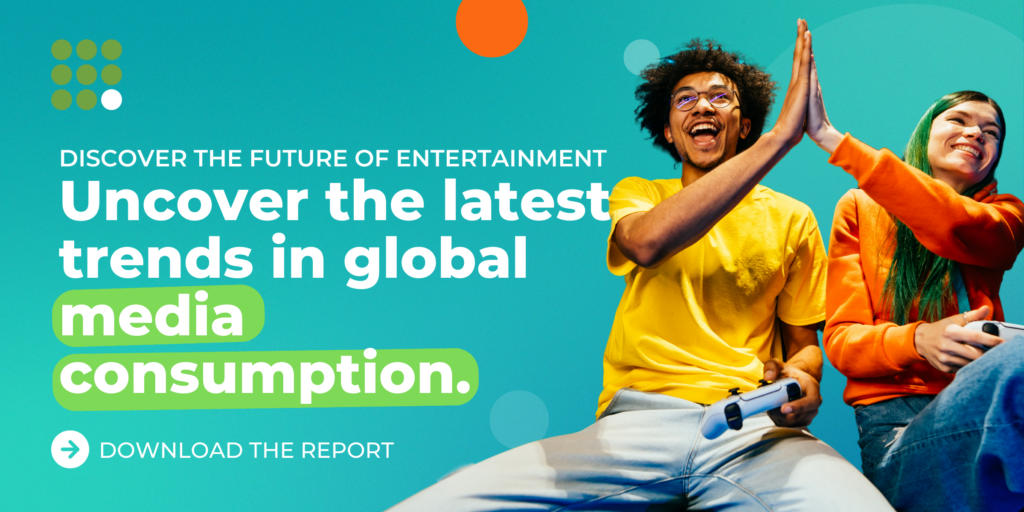





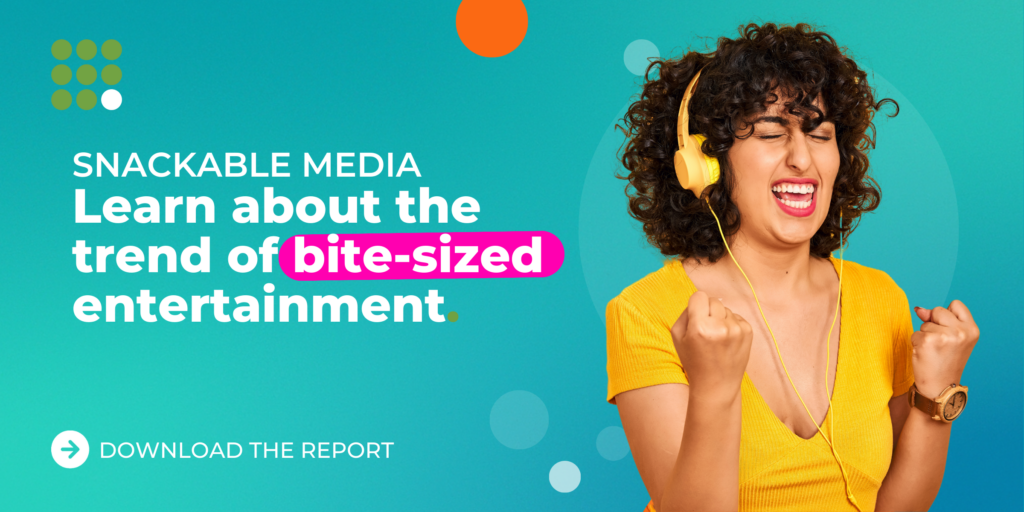





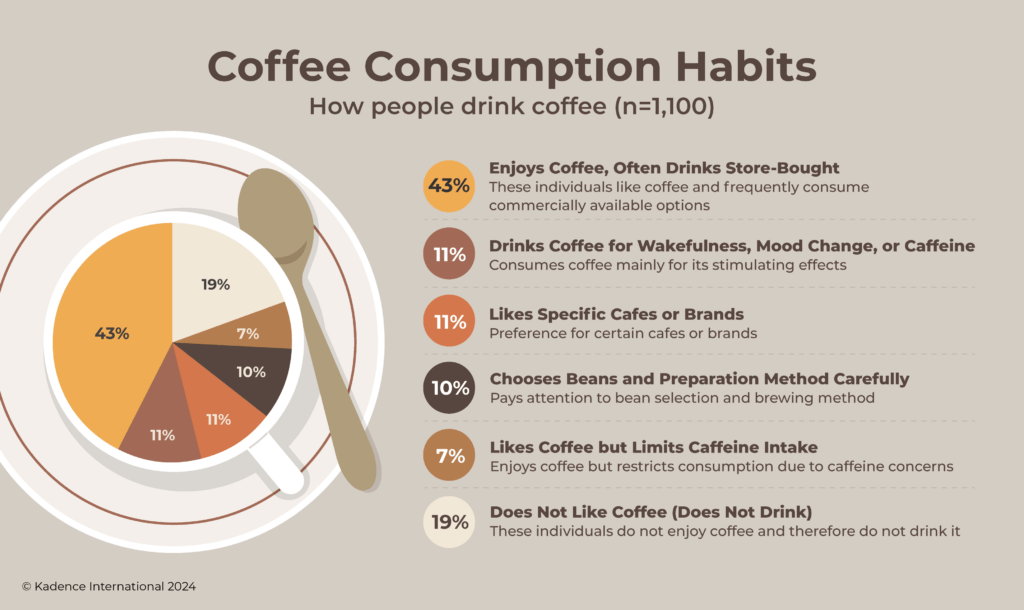


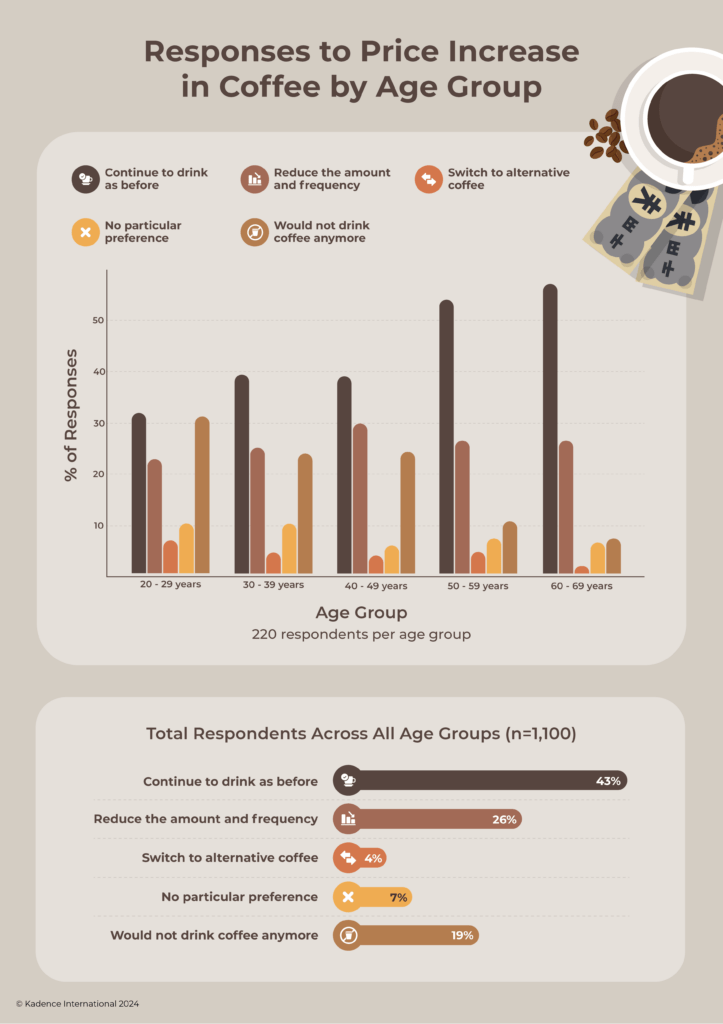
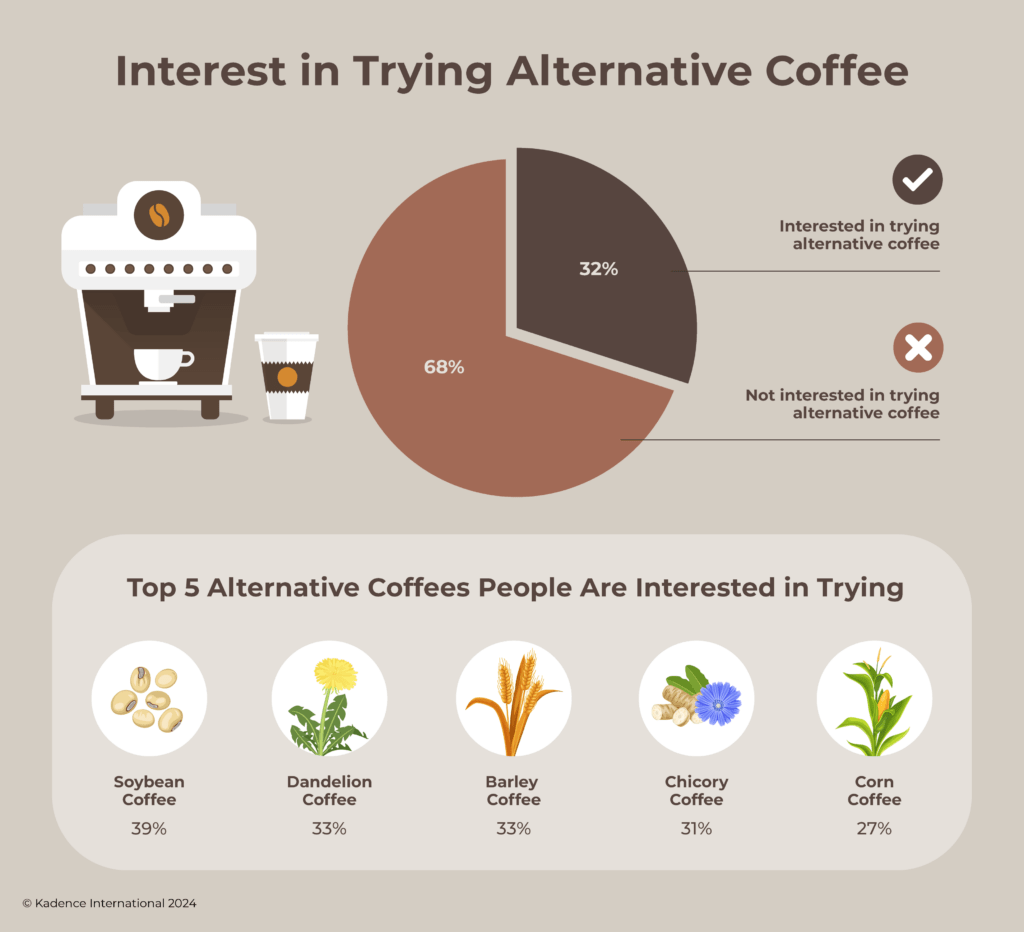
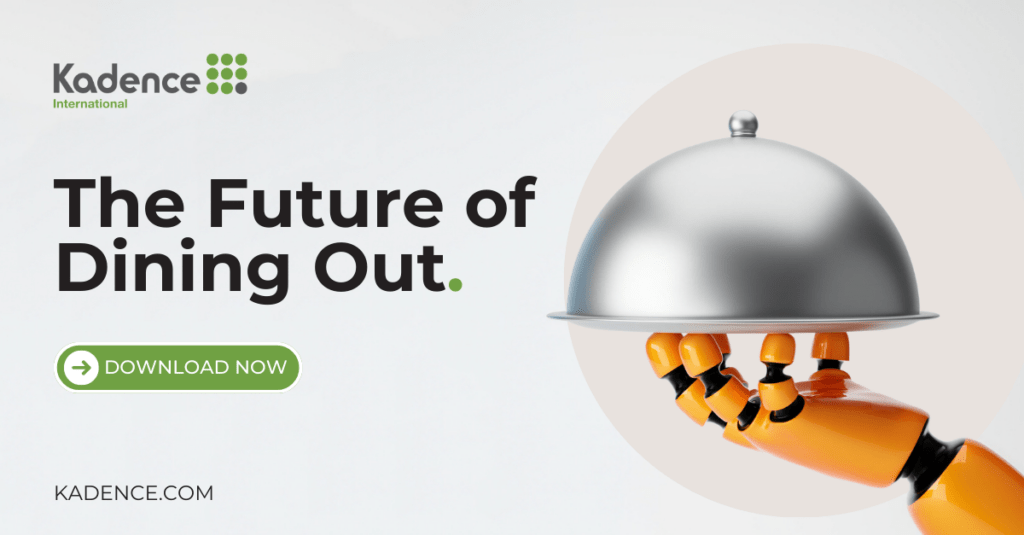
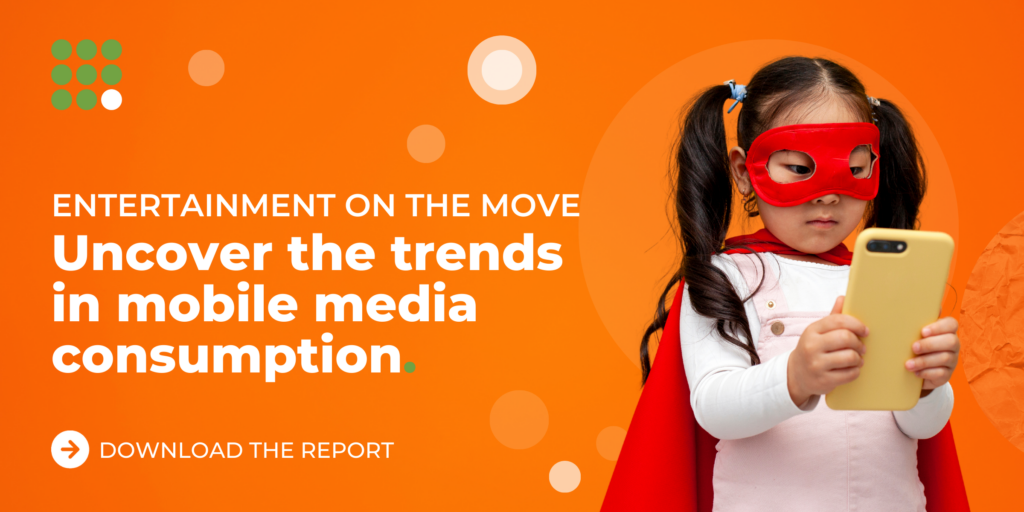


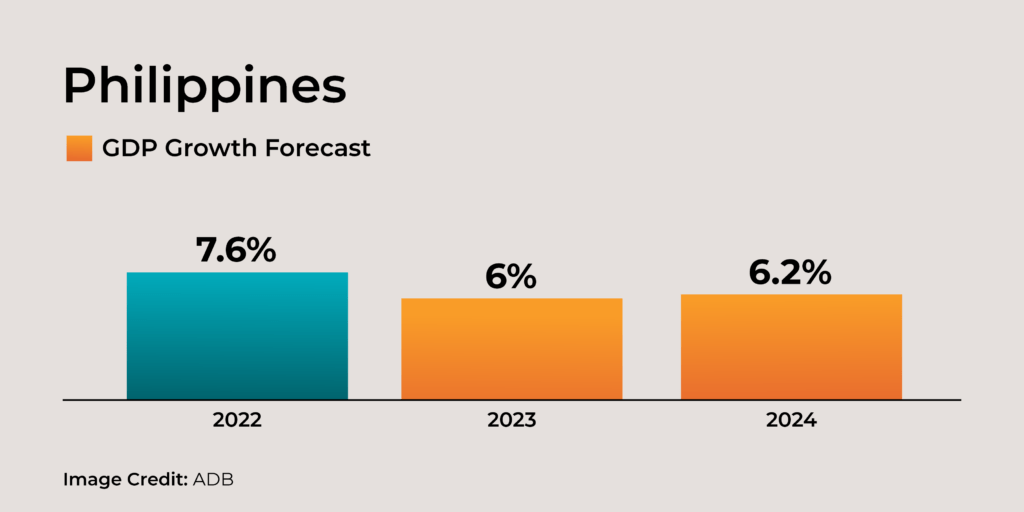
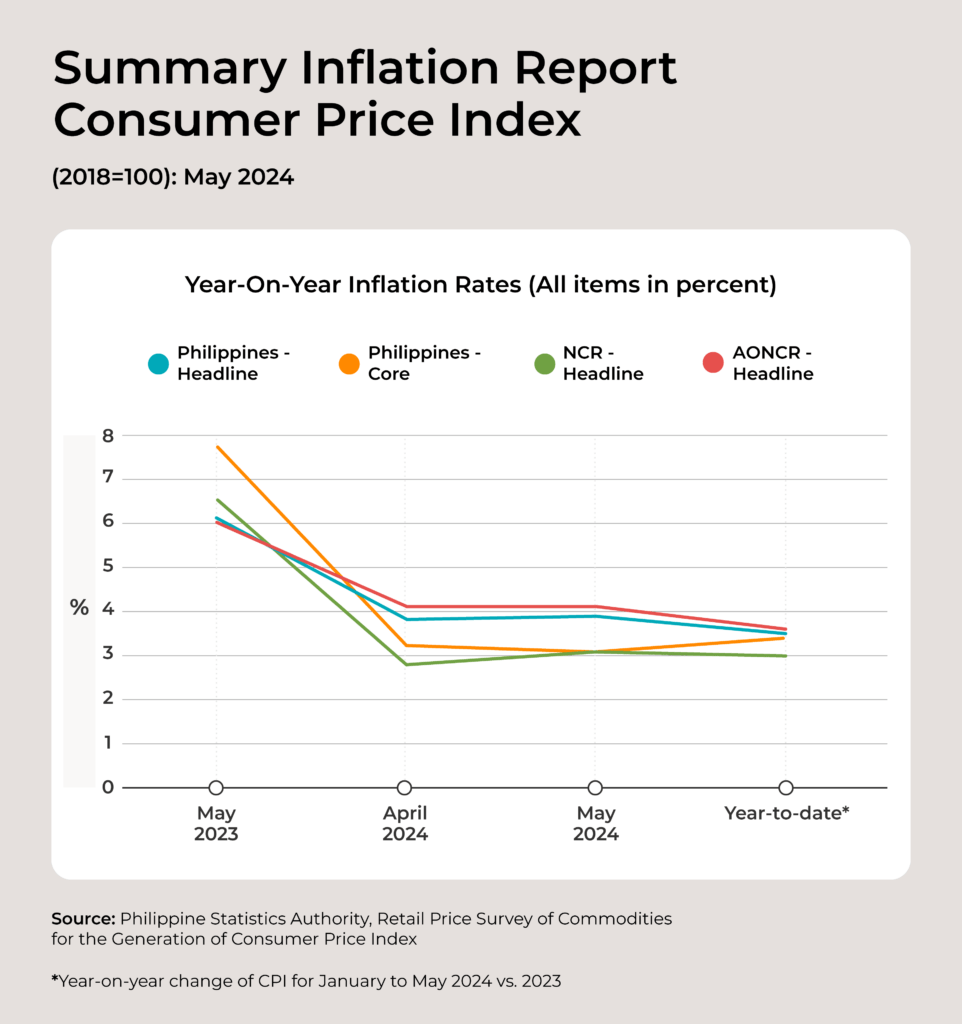
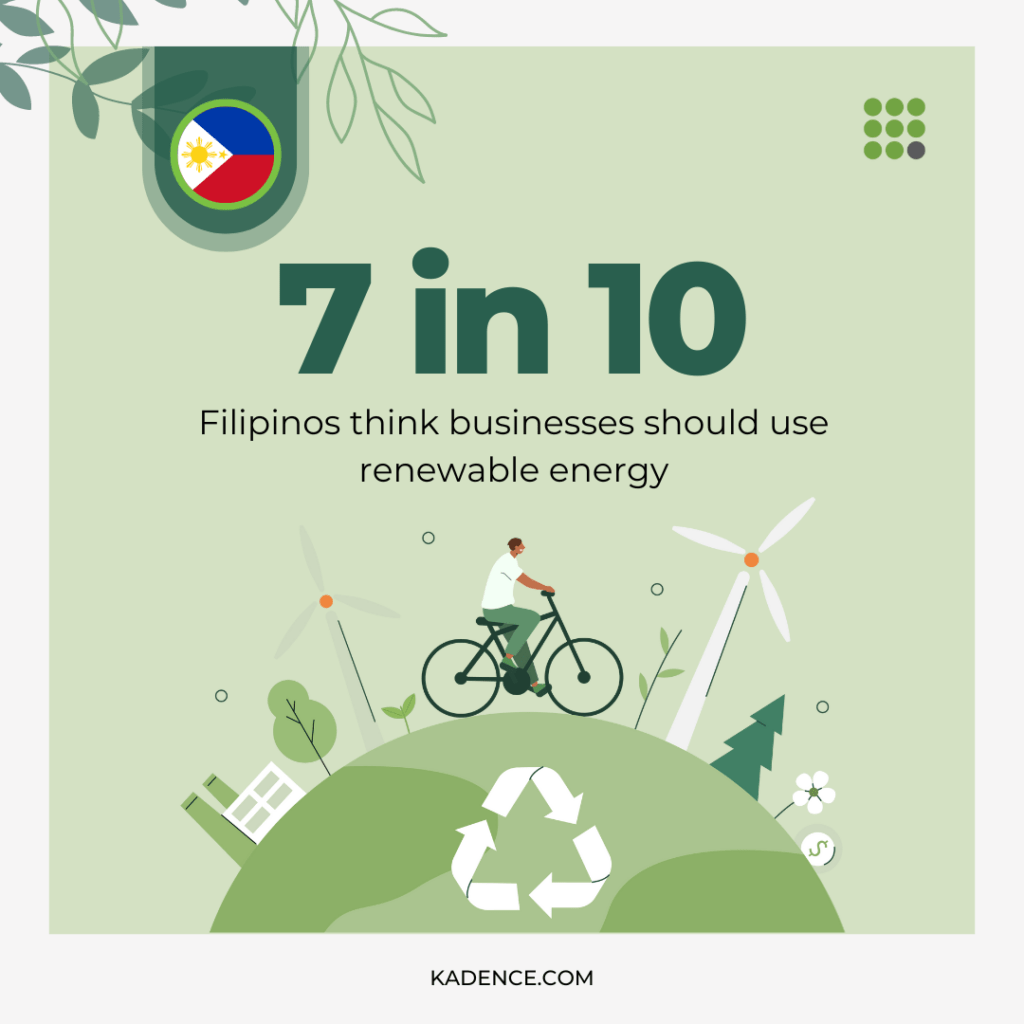


 Senior Marketing Executive
Senior Marketing Executive Sales & Marketing
Sales & Marketing General Manager PR -Internal Communications & Government Affairs
General Manager PR -Internal Communications & Government Affairs Vital Strategies
Vital Strategies
 Customer Intelligence Director
Customer Intelligence Director